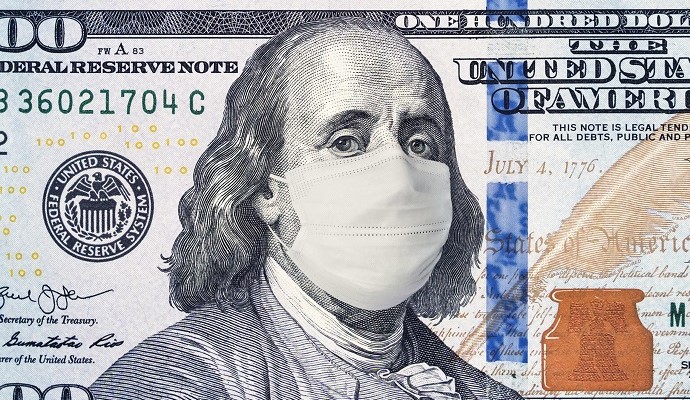Healthcare Providers Receive Most Paycheck Protection Program Loans
Social assistance and healthcare providers received nearly 13% of Paycheck Protection Program loans through the end of June, topping the list of sectors garnering the potentially forgivable loans.

Source: Getty Images
- So far, healthcare providers and social assistance businesses have received the largest percentage of Paycheck Protection Program loans, according to new federal data.
Healthcare and social assistance organizations, including physician practices and small hospitals, received 12.92 percent of the over $521.5 billion in the potentially forgivable loans distributed through June 30, 2020, the dataset released last week showed.
The healthcare and social assistance sector received 506,263 loans during the period for a total of $67,356,500,071. The sector narrowly beat out the professional, scientific, and technical services industry, which accounted for 12.74 percent of all Paycheck Protection Program loans distributed through the end of June.
Overall, lenders participating in the Paycheck Protection Program have granted nearly 4.9 billion loans totaling $521 billion to small businesses in a wide range of industries, including construction, manufacturing, hospitality, real estate, and transportation.
According to the new data, overall average loan size was approximately $107,000 as of June 30, 2020. Although the majority of loans (86.5 percent) were less than $150,000.
The loans supported about 51.1 million jobs through the end of June, representing as much as 84 percent of all small business employees, the Small Business Administration reported. A quarter of the jobs supported were in historically underutilized business zones.
The Paycheck Protection Program has been a key resource for small healthcare organizations. The program established by the Coronavirus Aid, Relief, and Economic Security (CARES) Act provides loans up to $10 million for businesses with fewer than 500 total employees. The loans can be fully forgiven if at least 60 percent of the money goes to payroll expenses, among other criteria.
The loans, which aim to help small keep workers on payroll during the COVID-19 pandemic, are in addition to over $175 billion in federal funding earmarked for healthcare providers affected by the novel coronavirus. Distribution of the funding for healthcare providers, however, has come under attack for not supporting healthcare organizations most in need of financial support.
The healthcare industry has arguably been hit the hardest by the pandemic, enduring clinical and financial strain from the novel coronavirus. The pandemic has led to widespread furloughs and layoffs at hospitals and physician practices. Some practices have even temporarily closed due to the loss of revenue stemming from COVID-19 and the cancelation of non-emergency care during shelter-in-place orders.
Federal funding through the CARES Act and subsequent legislation has helped to support healthcare organizations of all sizes. HHS has distributed $50 billion to providers through a general allocation fund, as well as targeted distributions to providers in rural areas and COVID-19 hotspots. The department has also provided an undisclosed amount to providers incurring uncompensated care costs for uninsured COVID-19 patients.
However, non-targeted distribution has favored hospitals with the highest share of private payer revenue and those with larger operating margins, Kaiser Family Foundation recently reported. Industry stakeholders have also argued that the coronavirus relief funds specifically for healthcare providers are not enough to offset the losses hospitals will continue to incur as a result of the pandemic.
Hospitals are slated to lose at least $323 billion in 2020, according to new estimates from the American Hospital Association.
Additionally, over a third of clinicians reported new furloughs and layoffs as recently as June 29, 2020. About 28 percent of clinicians also reported skipping or deferring salaries in the last four weeks as cash on hand and billable service volumes dwindle.
Almost $132 billion remains in funding for the Paycheck Protection Program, according to the federal data.
A law signed by the president on July 4, 2020, extended the program through August 8, 2020, giving small and midsize businesses more opportunity to collect the remaining $131 billion in program funding.
